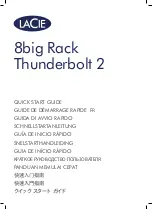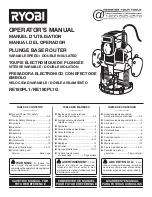
Accessing IMOLA
U
SER
G
UIDE
27
which asks to specify the associated password too.
The command
set user <username> password <password>
allows you to create a user in non-interactive mode.
Users added through the
add_user
command are Login users, as well as the ones added via
set
user
command. The
su
command gives the possibility to pass from Login mode to Administrative
one. For example:
There are two types of users:
Administrative-User
and
Login-User
.
Administrative-User
can execute any kind of
CLI
command, while Login users may only execute
a limited number of these commands, for example commands which modify the configuration are
not allowed, while the ones about displaying are allowed.
Tiesse spa - IMOLA Interworking Unit
No Radius configured. Using Local authentication
login: mario
Password:
local: Authentication OK
Service Type is: Login-User
Idle timeout is set to 3600 seconds
Connected Users:
ttyp0 mario
You are logged on ttyp0
mario@Imola# set hostname MyRouter
Command "set hostname MyRouter ..." not allowed for this user
mario@Imola# su root
Password:
root@Imola> set hostname MyRouter
Setting hostname to MyRouter
root@Imola> quit
mario@Imola#
mario@Imola# set eth1 ipaddr 3.3.3.3
Command "set eth1 ipaddr 3.3.3.3..." not allowed for this user
mario@Imola#
For example, if you access the router using the user "mario" and you try to run the command
set
hostname
in order to change the name of the router, the command fails due to the lack of the user
privileges. Using the
su
command and specifying the correct password it is possible to enter
Administrative mode with more privileges. The hostname can now be changed.
The
quit
command allows to go back to the previous user.
Pay attention to the last character of the prompt: the character
#
for Login User and the character
>
for Administrative User.
The authentication mode may be configured via RADIUS protocol as described in the relative
chapter. In this case the RADIUS server determines which users have full rights and which users
have restrictions.
















































